Imagine if doctors prescribed likes and shares instead of medicine – that’s the world of digital marketing in healthcare! With patients scrolling more than strolling through hospital corridors, healthcare providers are rapidly embracing the digital revolution. It’s not just about being online; it’s about being visible, engaging, and relevant in a space where a click can mean more than a handshake. As Plerdy, a key player in website analytics and conversion optimization, knows well, navigating the digital landscape in healthcare isn’t just a trend; it’s a transformational journey. This article in Plerdy’s insightful blog delves into this exciting evolution.

The Evolution of Healthcare Marketing
From house calls to hashtags, healthcare marketing has undergone a seismic shift. Remember the days when healthcare ads were confined to print and billboards? Fast forward to today, and digital platforms have become the new battleground for patient attention.
Early Days of Digital Marketing in Healthcare
In the early 2000s, healthcare’s digital foray began modestly with simple websites. These platforms served more as digital brochures than engagement tools. However, they marked the industry’s initial steps towards an online presence. As search engines evolved, SEO became crucial. Early adopters who optimized their websites for search engines reaped benefits in visibility, a lesson noted by the healthcare marketing community (see Moz’s Beginner’s Guide to SEO).
Modern Digital Marketing Practices
Fast forward to the present, and we find a landscape dominated by sophisticated digital strategies. Healthcare providers need Facebook and Twitter as engagement tools, not simply conduits. They offer personalized patient communication, which is pivotal in transforming patient-provider relationships. Tools like Google Analytics have also become indispensable for understanding patient behaviors and preferences, enabling targeted marketing strategies that resonate with specific patient groups.
The evolution of healthcare marketing reflects a broader shift in consumer behavior and technological advancements. The journey from print to pixel has transformed how healthcare providers connect with patients and how patients perceive and interact with healthcare services.
Use MHealth Apps. They provide streamlined appointments, reminders, and medical information at your fingertips, improving the patient experience.
Optimizing Digital Marketing in Healthcare Through SEO
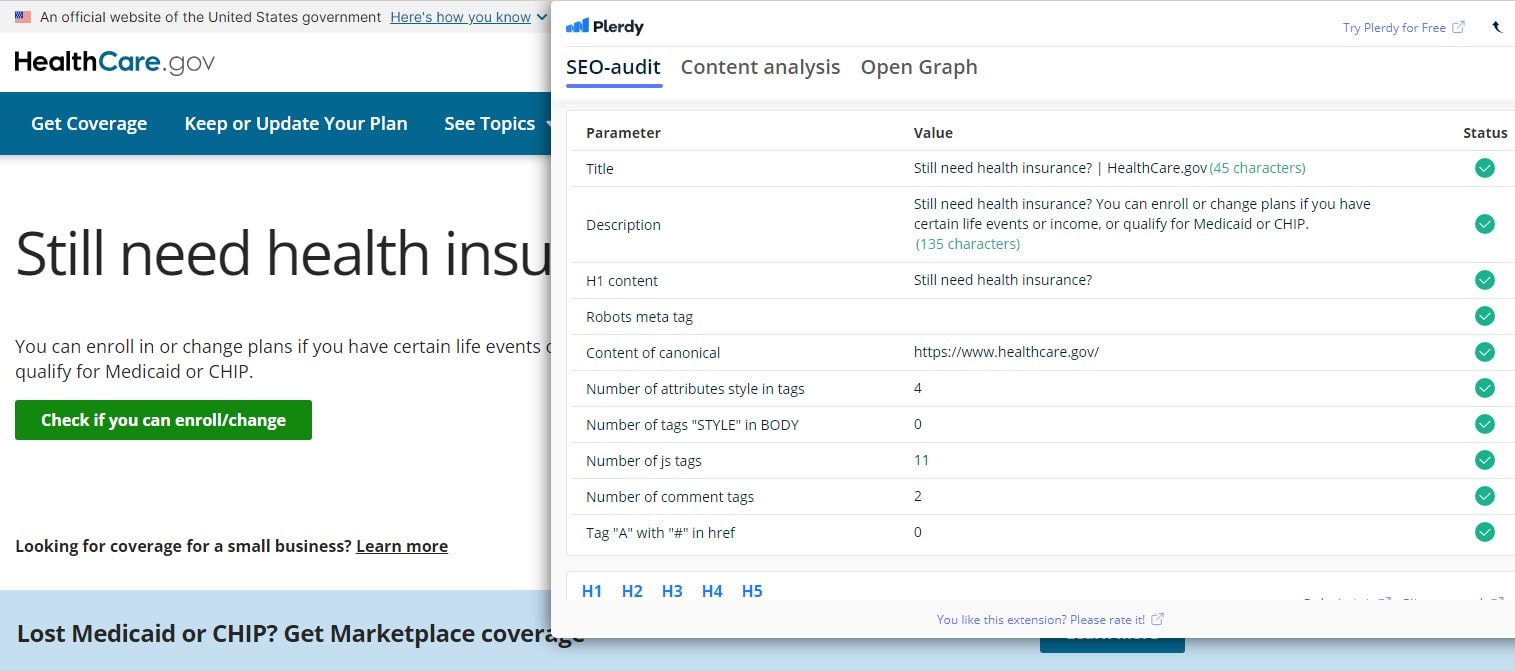
In the ever-evolving digital healthcare landscape, an unnoticed online presence is like a voice unheard in a crucial dialogue. SEO in healthcare marketing is not merely about being discovered; it’s about securing the top spot in search results. In the healthcare sector, where timely and accurate information is as critical as the care provided, digital visibility becomes a key factor.
Fundamentals of SEO in Healthcare Digital Marketing
Effective SEO in healthcare digital marketing begins with a deep understanding of patient search behavior. This involves identifying relevant keywords that resonate with your healthcare services and aligning them with your content strategy. Tools like Google Keyword Planner are instrumental in uncovering the specific terms your potential patients are using. However, SEO in healthcare digital marketing extends beyond keywords. The architecture of your website is equally significant. Easy-to-navigate websites with clear headlines and mobile-responsive designs improve user experience and search engine rankings. As per Google’s guidelines, a well-organized, mobile-friendly healthcare website will likely achieve higher search rankings.
Implementing Advanced SEO Strategies in Healthcare Marketing
Moving beyond the basics, advanced SEO in healthcare digital marketing includes optimizing the backend of your website, such as enhancing page loading speeds and securing your site with HTTPS. Tools like Google’s PageSpeed Insights are crucial for identifying ways to improve site performance. Another advanced tactic is building quality backlinks. This involves getting reputable websites to link back to your healthcare site, a factor that Google interprets as a sign of your website’s credibility. In digital marketing for healthcare, content is paramount. Creating compelling, informative blogs or videos can draw these important backlinks.
Additionally, local SEO is vital for healthcare providers. Being prominent in local search results is crucial. Tools like Moz Local are beneficial for managing your digital presence across various directories, making sure local patients easily find your services.
By mastering SEO and enhancing online visibility, healthcare providers effectively connect their services with patient needs. It’s a process of ongoing adaptation and learning, but the results are a stronger digital presence, increased web traffic, and enhanced patient engagement in the healthcare sector.
Leveraging Social Media and Video Content
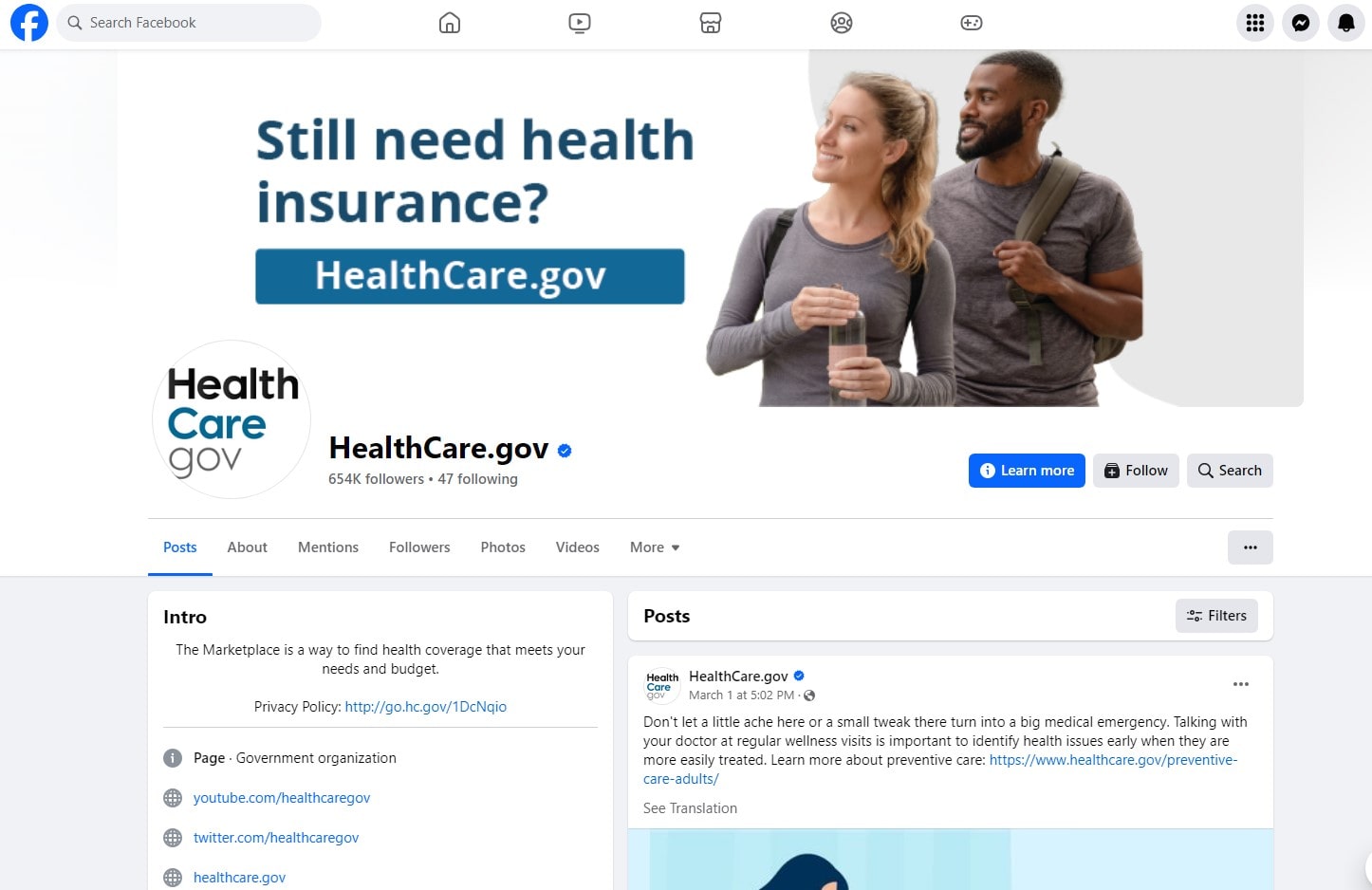
In today’s digital healthcare landscape, social media and video content aren’t just tools but essential lifelines connecting healthcare providers with their audiences. It’s where informative meets interactive, turning patients from passive receivers into engaged participants.
Effective Social Media Strategies
Social media in healthcare goes beyond mere posts and tweets; it’s about creating a community and fostering engagement. Platforms like Facebook and Instagram offer a space to share health tips, success stories, and essential updates, but the dialogue they spark truly matters. Engaging with comments, conducting live Q&A sessions, and even showcasing behind-the-scenes glimpses of healthcare facilities can build trust and transparency. According to a study by Sprout Social, healthcare providers who actively engage with their audience on social media can significantly enhance patient trust and loyalty.
Harnessing Video Marketing for Patient Engagement
Video content in healthcare is more than just a trend; it’s a powerful way to convey complex medical information in an understandable format. Videos can range from patient testimonials to virtual tours of facilities or even educational content explaining treatments and procedures. The power of video lies in its ability to humanize healthcare providers, making them more relatable and trustworthy. As per HubSpot, incorporating videos into healthcare websites can improve engagement and SEO and help providers stand out in a crowded digital space.
Leveraging social media and video content is no longer optional for healthcare providers. It’s a strategic imperative that enhances visibility, engagement, and patient trust. By effectively using these tools, healthcare providers can reach a wider audience and create deeper, more meaningful connections with their patients.
Personalized Campaigns and Email Marketing
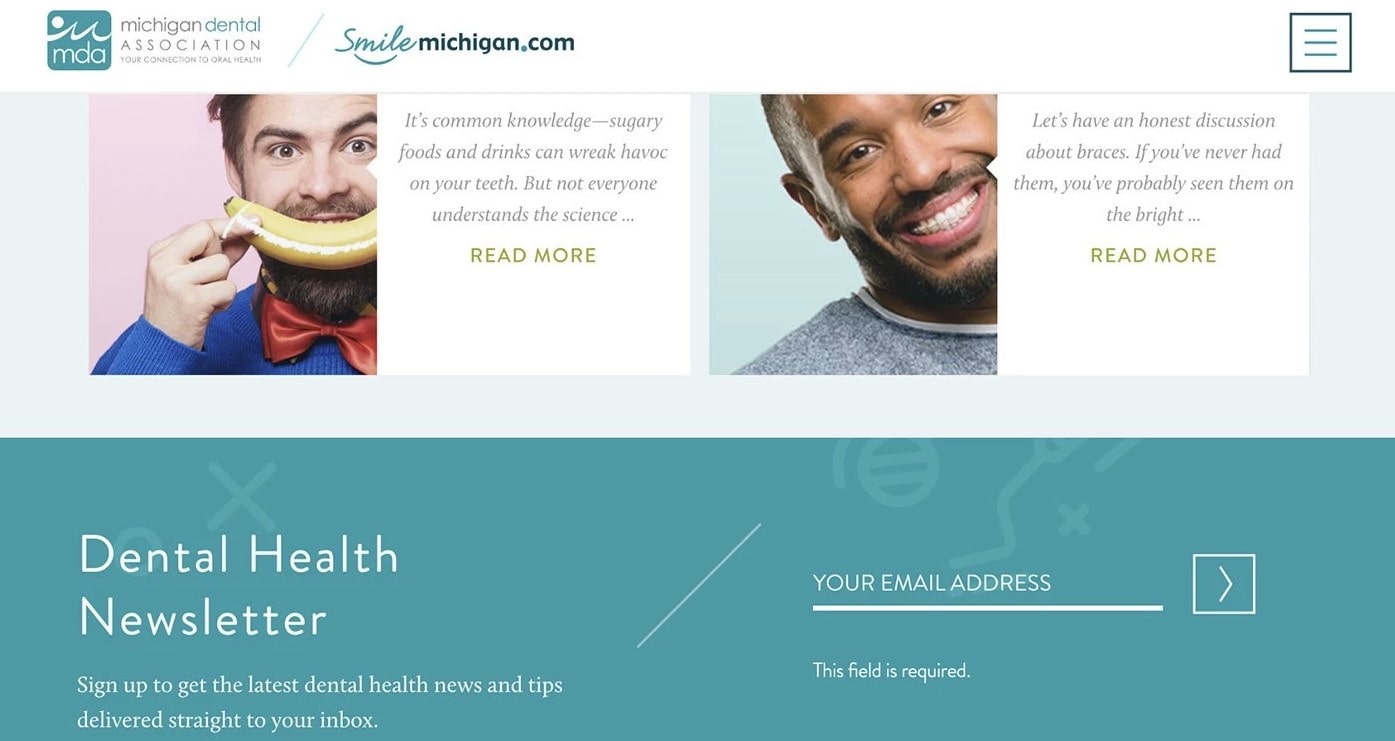
In a world where healthcare often feels impersonal, personalized campaigns and email marketing stand out as beacons of tailored care. In these campaigns, patients aren’t just numbers but individuals with unique needs and preferences.
Crafting Personalized Email Campaigns
Personalized email marketing in healthcare is about making each patient feel seen and heard. Utilizing patient data (within HIPAA guidelines) allows for tailored communications that resonate on a personal level. Segmentation is key – categorizing patients based on health interests, age, or previous interactions leads to more relevant content. A study by Campaign Monitor highlights the effectiveness of personalized emails, showing they deliver six times higher transaction rates. Personalization makes communication more impactful, whether it’s a follow-up email post-consultation, health tips based on patient history, or check-up reminders.
Utilizing Data for Personalization
Data is the cornerstone of effective personalization. Healthcare providers can leverage data from patient interactions, website visits, and previous campaigns to fine-tune their messaging. Tools like Google Analytics provide insights into patient online behaviors, helping to tailor content that addresses their concerns and interests. Personalization also extends to the timing and frequency of emails. Analyzing patient engagement patterns helps schedule emails when they are most likely to be opened and read, increasing the campaign’s effectiveness.
Personalized campaigns and email marketing are not just tools for patient engagement but essential elements of a modern healthcare marketing strategy. They provide a platform for healthcare providers to communicate in a relevant, timely, and personal way, thereby enhancing patient relationships and improving overall healthcare experiences.
Navigating Compliance and Full-funnel Strategies
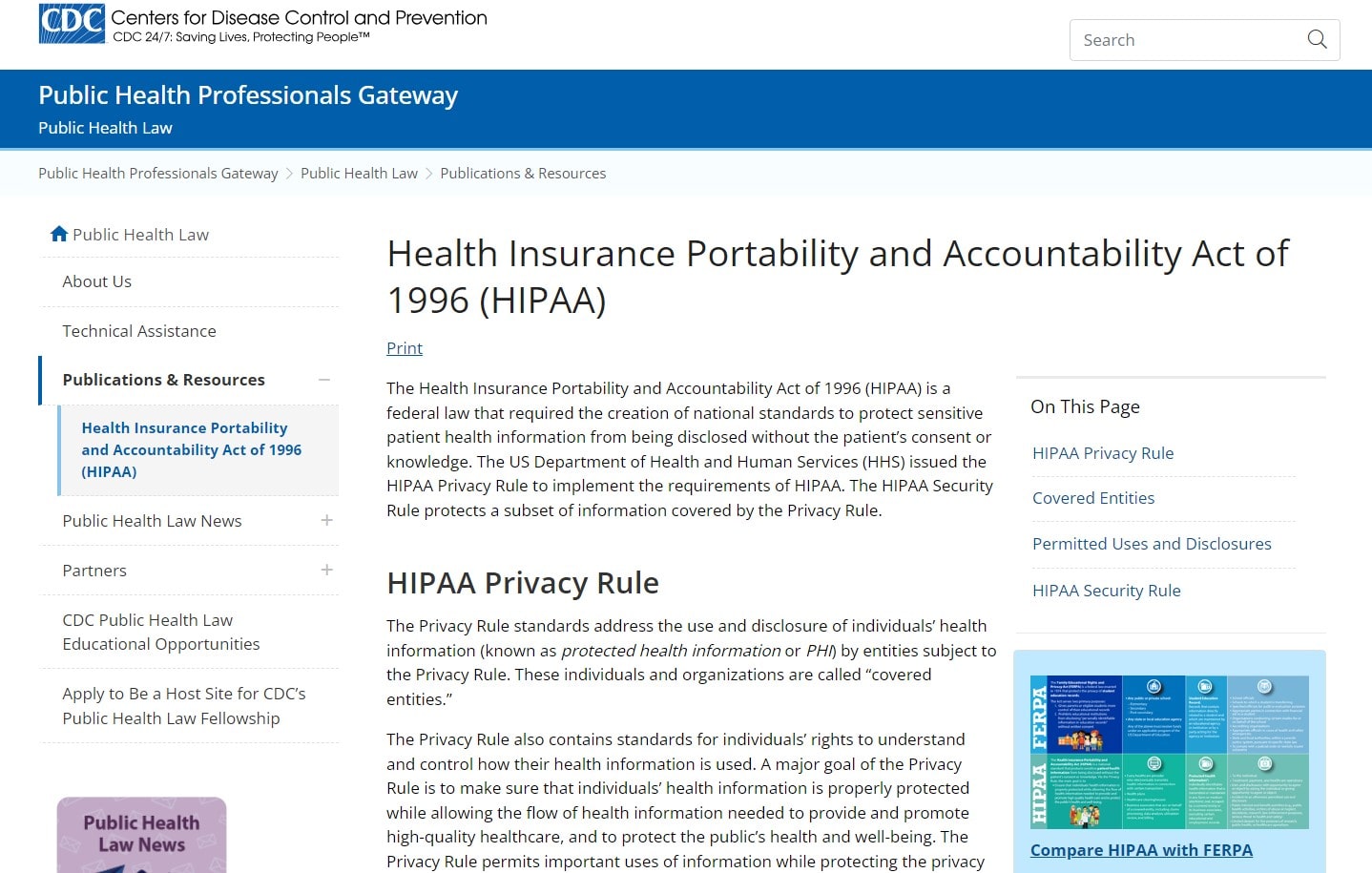
In healthcare marketing, compliance isn’t just a hurdle; it’s a vital track to navigate. Merging this with full-funnel strategies creates a powerful synergy for patient-centric marketing while adhering to regulations.
Understanding HIPAA in Digital Marketing
Navigating compliance, particularly HIPAA, is crucial for healthcare digital marketing. It’s about protecting patient privacy while delivering relevant information. Marketers must ensure that all digital campaigns, especially those involving patient data for personalization, align with HIPAA regulations. This includes securing patient consent where necessary and anonymizing patient data for targeting and segmentation. Any healthcare marketing strategy should be based on HIPAA compliance rules from the U.S. Department of Health & Human Services.
Implementing a Full-Funnel Advertising Strategy
A full-funnel strategy guides potential patients through their journey – from awareness to consideration to decision. It starts with broad targeting to create awareness, using educational content and awareness campaigns. As the potential patient moves down the funnel, more specific targeting is applied, often using more detailed content, such as testimonials or service explanations, to influence the consideration phase. Finally, clear call-to-actions and direct booking options are presented at the decision stage. This approach, detailed by HubSpot, ensures that the marketing efforts are tailored to the patient’s stage in their healthcare journey, increasing the likelihood of engagement and conversion.
Successfully navigating compliance and implementing full-funnel strategies in healthcare marketing is about striking a balance. It requires a deep understanding of legal constraints and a strategic approach to patient engagement. By achieving this balance, healthcare marketers can create effective, compliant, and patient-centric campaigns that resonate at every stage of the patient journey.
Embracing New Technologies: AI and Telehealth
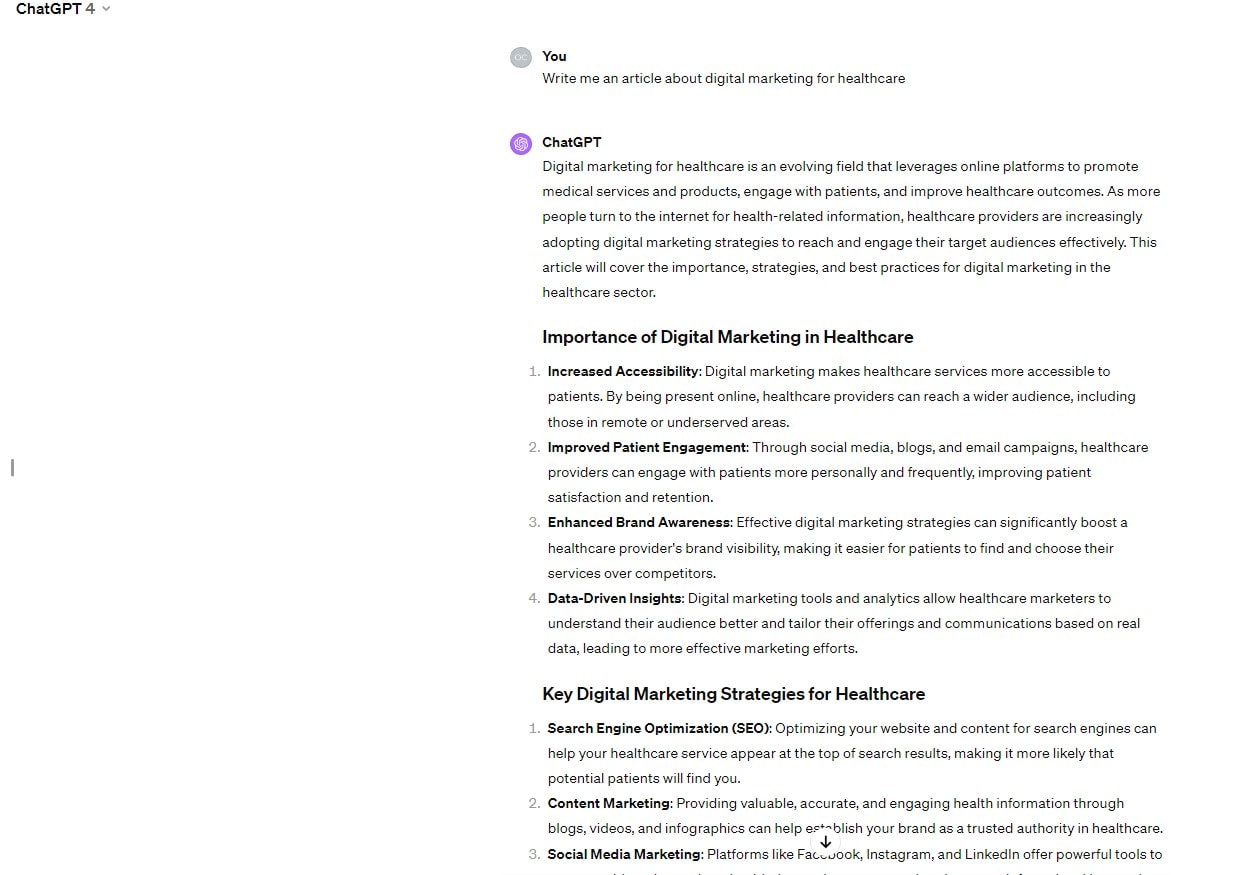
In the ever-evolving healthcare landscape, embracing new technologies like AI and telehealth isn’t just innovation; it’s a necessity. These technologies aren’t just reshaping patient care but redefining the essence of healthcare interactions.
The Role of AI in Healthcare Marketing
Artificial Intelligence (AI) in healthcare marketing is revolutionizing how we approach patient care and communication. AI-driven analytics can predict patient behaviors, optimize marketing campaigns, and personalize patient interactions. AI identifies trends and patterns by analyzing vast amounts of data, allowing for more targeted and efficient marketing strategies. A study from Deloitte shows how AI can enhance patient engagement, optimize marketing efforts, and ultimately lead to more personalized care. AI also helps create engaging content for varied patient groups.
Marketing Telehealth Services
Telehealth has emerged as a crucial service, especially after the COVID-19 pandemic. Marketing telehealth involves highlighting its convenience, accessibility, and effectiveness. Communicating how easy it is for patients to get healthcare at home. This involves promoting the service and educating patients on using telehealth platforms effectively. The American Telemedicine Association provides guidelines and best practices for telehealth, which can be a valuable resource for marketers looking to promote these services. Effective telehealth marketing also requires testimonials and case studies demonstrating the success and convenience of remote healthcare services.
Integrating AI and telehealth into healthcare marketing strategies is about more than staying current with technology trends. It’s about enhancing patient engagement, healthcare accessibility, and delivering personalized care in an increasingly digital world. These technologies are tools and gateways to a more connected, patient-centric healthcare future.
Conclusion
In wrapping up, the journey through the dynamic world of healthcare digital marketing is akin to navigating a river that’s constantly changing course. It’s clear that adapting to new technologies, embracing personalization, and ensuring compliance are not just trends but necessities for success in this field. But remember, this is just the tip of the iceberg. If you’re intrigued by the potential of digital marketing in healthcare and thirst for more insights, Plerdy’s blog is a treasure trove waiting to be explored. Dive deeper with us, where each article is a new adventure in digital marketing. For those seeking to optimize their website’s performance and user experience, Plerdy offers the tools and insights to make your digital marketing journey successful and exceptional.
